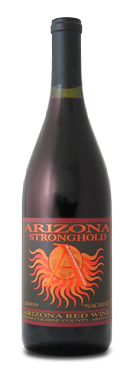 |
|
Wine Details
Price:
$22.00 per bottle
Description:
This vintage of our flagship Rhone blend has nice range, with dark plum and blackberry fruit mixed with hints of anise, juniper and roasted mesquite. There's good cut on the finish, with the toast well-embedded and juicy acidity framing it all.
|
|
|